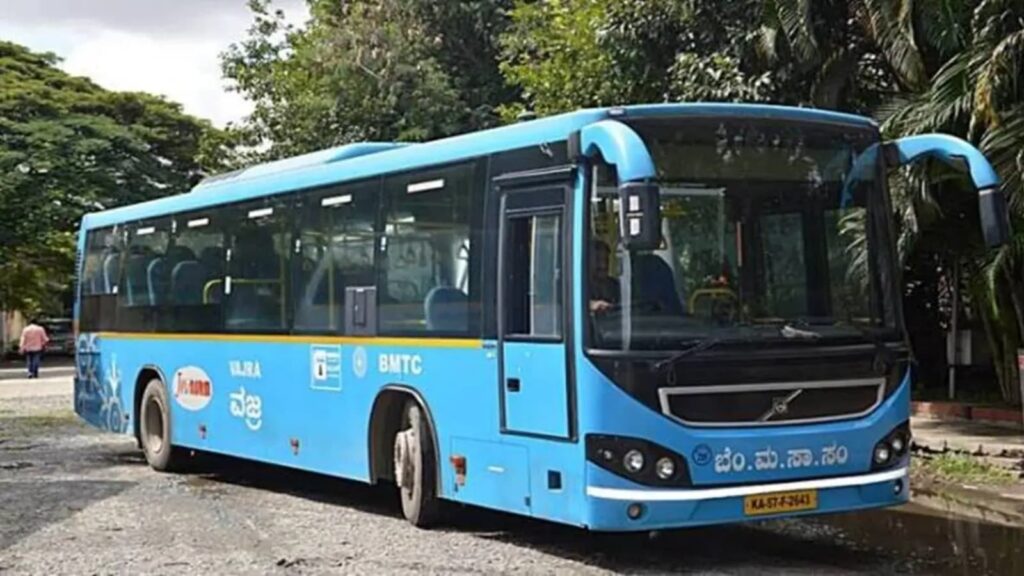Bengaluru Metropolitan Transport Corporation (BMTC) is all set to relaunch the much-awaited bus priority lane (BPL) in the city from January 2026.
BMTC Managing Director Ramachandran R on Thursday announced that the corporation is making efforts to relaunch BPL between KR Puram and Silk Board Junction along the Outer Ring Road, after the system came to a halt in 2022 due to Metro construction.
The latest development follows repeated requests from public transport enthusiasts to bring back the priority lane so as to reduce commuting time significantly along the ORR stretch, which houses major IT companies.
“About five years ago we introduced bus priority lanes in the city. However, due to ongoing Metro construction (Blue Line), we had to pause the initiative. Now, we are planning to revive it. Starting this January, the bus priority lane will be reinstated along the KR Puram and Silk Board junction, giving priority to buses on this route,” Ramachandran said during an event in Bengaluru.
BPL, initially launched as a pilot project in November 2019, was aimed to reduce traffic congestion and enhance public transport efficiency. It was envisaged to reduce travel time on BMTC buses from 70 minutes to 50-55 minutes, saving close to 20 minutes for passengers along ORR.
The lane spans 17 km and was built for Rs 14.3 crore. However, the Metro construction on the ORR required 9 metres of road space for pillars. This led to the removal of 25,000 fiber-reinforced bollards, narrowing the road and forcing authorities to allow mixed traffic.
BMTC is currently holding discussions with the Directorate of Urban Land Transport (DULT) and Bruhat Bengaluru Mahanagara Palike (BBMP) on redesigning the BPL along ORR to align with the evolving urban landscape.
Story continues below this ad
The initiative aims to enhance public transport efficiency by addressing past challenges and adapting to recent infrastructure developments, particularly after Metro construction. Ongoing discussions with civic agencies focus on strategically repositioning bollards in areas where Metro work is complete, ensuring seamless integration with service roads to maintain smooth traffic flow for both buses and private vehicles.
A major hurdle after the launch was the lack of consistent enforcement by the Bengaluru Traffic Police (BTP). Private vehicles, including two-wheelers, cars, and private buses, frequently encroached on the BPL, undermining its purpose. While penalties were introduced (Rs 500 for the first offense, Rs 1,000 for subsequent ones), enforcement was inadequate due to limited police resources.
Vinay Sreenivas, member of Bengaluru Bus Prayanikara Vedike, told The Indian Express, “Relaunching the priority lane on ORR is a commendable move, but greater urgency is needed to extend it citywide. Beyond ORR, every major corridor demands dedicated bus lanes to make public transport central to Bengaluru’s mobility. The government must consult commuter forums, drivers, and conductors—not just technocrats—to ensure inclusive planning. Buses, carrying over 42 lakh passengers daily, surpass Metro”. He stressed that the BPL’s success hinges on addressing past failures, primarily implementation bottlenecks.


